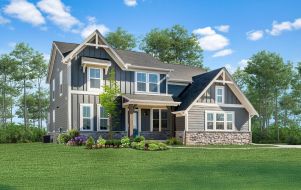Related
U.S. Architecture Billings Index Decreases in April
Fiscal Times has reported that on its recent reading, the American Institute of Architects (AIA) has scored 48.8 rating in the U.S Architecture Billing Index (ABI) for the month of April. The ABI is the leading economic indicator for construction activities. It also reflects an approximate lead time of nine to twelve months between architecture billings and construction spending.
This indicates a decrease in design service billing from its 51.7 reading in March. It should be noted that scores above 50 indicates an increase, but this is not the case for the ABI this April.
AIA’s press release shows different categories including commercial and industrial facilities such as hotels and office, schools, hospitals, and multi-family residential. For the third consecutive month, the market for multi-family residences has gone down at 49% for this billing. This can be an indication that there is a slower or lesser growth in the demand for apartment architecture design services. Mixed practice and institutional billings are both at 51.8% while commercial and industrial billings are at 48.9%.
For regional averages, the South and West received high architectural billings at 55.8% and 52.9%, respectively. The Midwest and West billed 49.9% and 43.2%, respectively. Averages for regional and sector categories within a span of three months, whereas index and inquiries are monthly numbers.
AIA Chief Economist Kermit Baker explains “… April would typically be a month where these projects would be in full swing, but a severe winter in many parts of the Northeast and Midwest has apparently delayed progress on projects.”
Despite the current figures, there is still an optimistic side to the recent reports. The graph showed that the new projects inquiry in April has gone up to 60.1 from 58.2 in March. At the same time, the rate for new design contracts for April is at 53.1.
“The fundamentals in the design and construction industry remain very healthy,” Baker commented on the ABI. “The fact that both inquiries for new projects and new design contracts continued to accelerate at a healthy pace in April point to strong underlying demand for design activity.”
More in Articles
IN CASE YOU MISSED












